What Are Teriyaki Noodles Made Of?
When it comes to quick, flavorful meals, teriyaki noodles steal the show. Packed with a delightful mix of sweet, savory, and umami flavors, this dish is a favorite among food lovers worldwide. But what makes teriyaki-noodles so special? Is it the glossy sauce, the tender noodles, or the way the vegetables and proteins come together in perfect harmony? This article dives into the essentials of teriyaki-noodles, from their core ingredients to variations and cooking techniques. Let’s unravel the delicious mystery of what teriyaki noodles are made of!
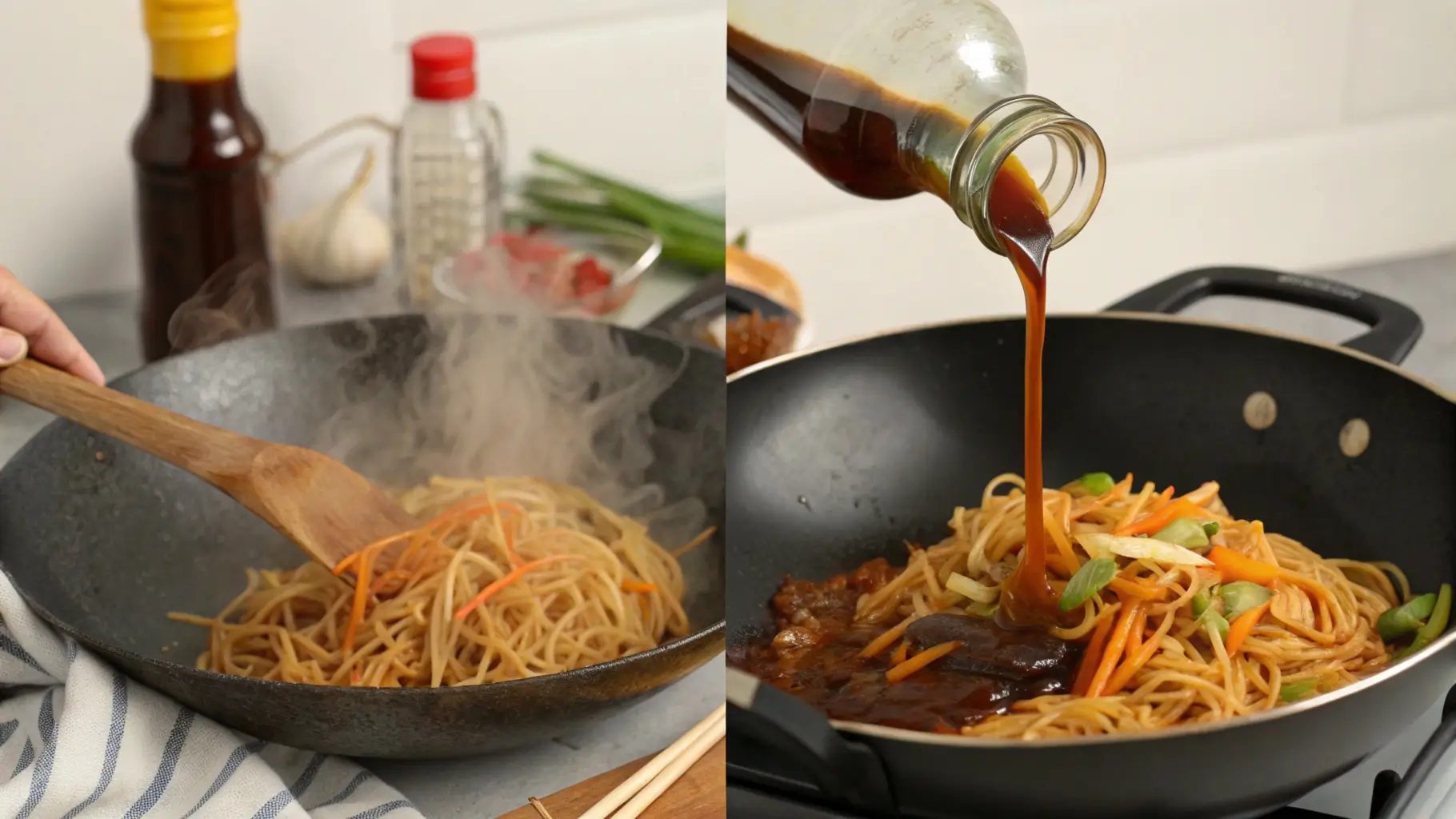
Introduction
The Origin of Teriyaki-Noodles
Teriyaki noodles draw their roots in Japan, where the term “teri-yaki” refers to a cooking style that combines grilling or pan-frying with a shiny glaze of soy-based sauce. Over time, this simple technique evolved into a globally loved flavor profile. Noo-dles, a staple in many Asian cuisines, soon joined forces with teriyaki, creating a dish that balances tradition with innovation. While teri-yaki noodles aren’t an ancient recipe, they embody the creativity of fusion cooking.
What Makes Teriyaki Noodles Unique?
What sets teriyaki-noodles apart is their irresistible sweet-savory balance. The sauce, often made with soy sauce, sugar, and mirin coats the noodles in a sticky glaze that’s as appetizing to look at as it is to taste. Tossed with vegetables and proteins, teri-yaki noodles cater to a variety of palates and dietary preferences.
A Global Love for Teriyaki Flavors
From bustling Tokyo streets to cozy home kitchens in the West, teriyaki-noodles have become a go-to dish. The beauty of this recipe lies in its adaptability—whether you prefer gluten-free options or a vegan twist, there’s a version of teriyaki noodles for everyone. No wonder this dish continues to win hearts across continents.
Key Ingredients
Main Ingredient: The Noodles
The heart of teriyaki noodles lies in the noodles themselves. Typically, Japanese-style noodles like soba, udon, or ramen are used for their chewy, satisfying texture. However, the choice of noodles can vary based on personal taste or dietary needs. Rice noodles, for example, are a popular gluten-free alternative, while lo mein noodles provide a Chinese-inspired twist. The type of noodles you choose affects the final dish’s flavor and texture, making it important to select the right one for your recipe.
Teriyaki Sauce Components
No teriyaki noodles are complete without the glossy sauce that gives them their name. Traditional teriyaki sauce is a simple yet flavorful blend of soy sauce, mirin, and sugar. These three ingredients create the signature sweet-savory glaze. Want to shake things up? You can add garlic, ginger, or sesame oil for extra depth. For a healthier spin, try substituting low-sodium soy sauce or using honey instead of sugar. This sauce is the cornerstone of answering the question, “What are teriyaki noodles made of?”
Vegetable Additions
Vegetables are the secret to adding both nutrition and color to teriyaki noodles. Popular choices include broccoli, carrots, bell peppers, and snap peas. These veggies don’t just enhance the dish visually—they also provide a satisfying crunch and balance the richness of the sauce. Depending on the season, you can mix and match your vegetables to suit what’s fresh and available.
Protein Choices
Adding protein turns teriyaki-noodles into a hearty, well-rounded meal. Whether it’s tofu for a vegan option, tender chicken, succulent beef, or shrimp for seafood lovers, the possibilities are endless. Plant-based proteins like tempeh or edamame can also be delicious alternatives. These proteins soak up the teriyaki sauce beautifully, making every bite a burst of flavor.
Making Teriyaki Sauce from Scratch
Traditional Teriyaki Sauce Recipe
Making teriyaki sauce at home is simpler than you might think. The classic recipe calls for just three ingredients: soy sauce, sugar, and mirin. Combine these in a small saucepan, bring the mixture to a simmer, and let it thicken slightly. Voilà—you’ve got authentic teriyaki sauce! This sauce forms the backbone of what teriyaki noodles are made of, providing their trademark shine and irresistible taste.
Adjusting Sweetness and Salinity to Taste
One of the best things about homemade teriyaki sauce is how easy it is to customize. Prefer a sweeter profile? Add a touch of honey or brown sugar. Need less salt? Opt for low-sodium soy sauce. Don’t be afraid to experiment with ratios until you find the perfect balance. Freshly grated ginger or minced garlic can also add a zesty kick if you’re feeling adventurous.
Store-Bought vs. Homemade: Pros and Cons
While store-bought teriyaki sauce can save time, it often contains additives or excess sugar that may not suit everyone’s diet. Homemade sauce, on the other hand, gives you full control over the ingredients and flavor. Whether you’re preparing a quick weeknight dinner or hosting guests, freshly made teriyaki sauce ensures your noodles stand out. Plus, there’s something incredibly satisfying about making this versatile sauce from scratch!
Cooking Techniques
Stir-Fry Method: Quick and Flavorful
When it comes to cooking teriyaki noodles, stir-frying is the go-to technique. This method brings out the best in the dish’s ingredients by combining high heat and quick cooking. Begin by heating a wok or large skillet with sesame oil. Toss in your vegetables and protein, stir-frying them until they’re tender but crisp. Then, add your cooked noodles and pour in the teriyaki sauce. The sauce caramelizes slightly, coating the noodles in a shiny, flavorful glaze. This process answers the common question, “What are teri-yaki noodles made of?”—a mix of perfectly cooked components bound together by that signature sauce.
One-Pot Teriyaki Noodles
For those who prefer minimal cleanup, one-pot teriyaki noodles are a lifesaver. Start by cooking the protein and vegetables in a deep skillet or pot. Next, add uncooked noodles, water, and your teri-yaki sauce. As the noodles simmer, they absorb the sauce, becoming tender and infused with flavor. This technique is perfect for busy weeknights when you need a quick and easy dinner.
Tips for Achieving Restaurant-Style Texture
To elevate your homemade teri-yaki noodles to restaurant quality, a few tricks can help. Use fresh, high-quality noodles for the best texture. Avoid overcooking your vegetables; they should still have a slight crunch. Lastly, always use high heat for stir-frying to ensure that the noodles don’t clump and the sauce evenly coats every bite.
Nutritional Benefits
Caloric Content and Macronutrients
Teriyaki noodles are as versatile as they are delicious. The calorie count can vary depending on the ingredients, but they generally provide a balanced mix of carbohydrates, proteins, and fats. Noodles are the primary source of carbs, while the protein (like chicken or tofu) contributes to muscle-building nutrients. Vegetables add fiber, vitamins, and minerals, making the dish both satisfying and nutritious.
Customizing for Diets: Gluten-Free, Vegan, etc.
One of the best things about teriyaki noodles is their adaptability to different dietary needs. For a gluten-free version, use rice noodles and tamari instead of soy sauce. Vegans can swap out meat for tofu, tempeh, or mushrooms, while health-conscious cooks can opt for zoodles (zucchini noodles) to cut down on calories. These substitutions ensure everyone can enjoy the flavors of teri-yaki noodles while meeting their health goals.
Balancing Flavors and Nutritional Goals
While teriyaki noodles are delicious, they can sometimes lean toward the sweeter side due to the sauce. To keep the dish healthy, balance the sweetness with more vegetables or use less sugar in the sauce. Adding lean proteins and using whole-grain noodles also boosts the nutritional value, creating a wholesome, flavorful meal that fits into most diets.
Variations of Teriyaki Noodles
Regional Twists: Japanese, Korean, and Western Styles
Teriyaki noodles may originate from Japan, but they’ve inspired creative versions worldwide. In Japan, traditional soba or udon noodles are often used, paired with light and authentic teri-yaki sauce. Korean-inspired versions, however, might include spicier elements like gochujang or kimchi for a tangy kick. Western adaptations tend to be heartier, featuring ingredients like broccoli, mushrooms, or even spiralized zucchini for a low-carb option. These twists show just how flexible teri-yaki noodles can be, appealing to a range of flavor profiles.
Fusion Recipes: Teriyaki Noodle Salads and Soups
Who says teri-yaki noodles have to be served warm? Cold noodle salads with teriyaki dressing are a refreshing option for summer. Toss the noodles with crunchy vegetables like cucumbers, carrots, and radishes, and finish with a drizzle of sesame oil. Alternatively, teriyaki noodle soups offer a comforting dish on chilly days. By adding a flavorful broth, these soups transform the noodles into a cozy, slurp-worthy meal. These variations prove that answering “What are teri-yaki noodles made of?” depends on how you use the core ingredients creatively.
Spicy Teriyaki Noodles and Other Flavors
For spice lovers, adding chili flakes, Sriracha, or fresh red chilies can turn teri-yaki noodles into a fiery delight. Other flavor boosts include topping the dish with sesame seeds, crispy fried onions, or even a soft-boiled egg for richness. No matter your preferences, teri-yaki noodles can easily be tailored to suit your taste buds, making them a crowd-pleaser for any occasion.
FAQs
Are Teriyaki Noodles Healthy?
Yes, teriyaki noodles can be healthy, especially when made with fresh ingredients. By controlling the amount of sugar and oil in the sauce, and including a variety of vegetables, you can create a balanced, nutritious meal. Plus, using whole-grain or gluten-free noodles adds an extra layer of health benefits.
Can I Use Different Noodles for Teriyaki?
Absolutely! One of the best things about this dish is its adaptability. While traditional recipes might use soba or udon noodles, options like rice noodles, lo mein, or even spaghetti can work. Your choice depends on what’s available and your personal taste. This flexibility helps define what are teriyaki noodles made of.
What Are Common Side Dishes with Teriyaki Noodles?
Teriyaki noodles pair wonderfully with simple sides like steamed dumplings, miso soup, or a fresh Asian-style salad. Edamame or crispy spring rolls can also round out the meal, adding texture and flavor contrast.
How to Store and Reheat Teriyaki Noodles?
To store, place leftover noodles in an airtight container and refrigerate for up to 3 days. Reheat them in a skillet with a splash of water or soy sauce to bring back the freshness. This method keeps the noodles moist and the flavors intact.
Conclusion and Serving Suggestions
Why Teriyaki Noodles Are a Perfect Meal Option
Teriyaki noodles are a brilliant combination of simplicity and flavor. Whether you’re craving a quick weeknight dinner or looking to impress guests with a flavorful dish, this recipe fits the bill. Packed with sweet, savory, and umami notes, teriyaki noodles offer a satisfying meal that can be customized to suit various dietary preferences. As we’ve explored in this article, the answer to “What are teriyaki noodles made of?” includes fresh noodles, a rich teriyaki sauce, and a colorful mix of vegetables and proteins. With these basics, the dish becomes a versatile canvas for endless culinary creativity.
Creative Presentation Ideas
The way you serve teriyaki noodles can elevate the dining experience. For a restaurant-style presentation, use a shallow bowl and garnish with sesame seeds, sliced green onions, or chopped cilantro. Adding a lemon wedge on the side can provide a zesty kick. If you’re serving guests, consider pairing the noodles with sides like steamed dumplings or miso soup for a complete meal. For family dinners, serve them straight from the skillet for a rustic, homely vibe. However you present them, teriyaki noodles are sure to impress with their vibrant flavors and beautiful presentation.


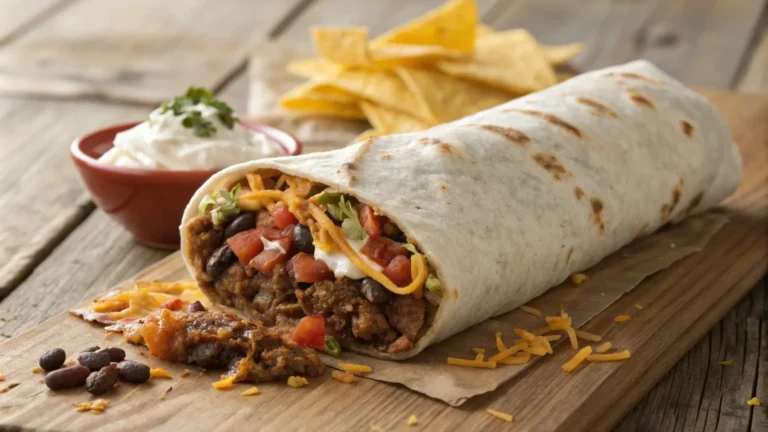
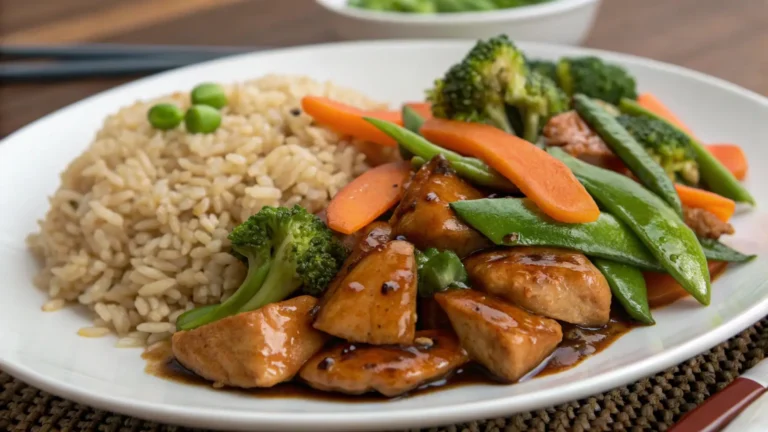
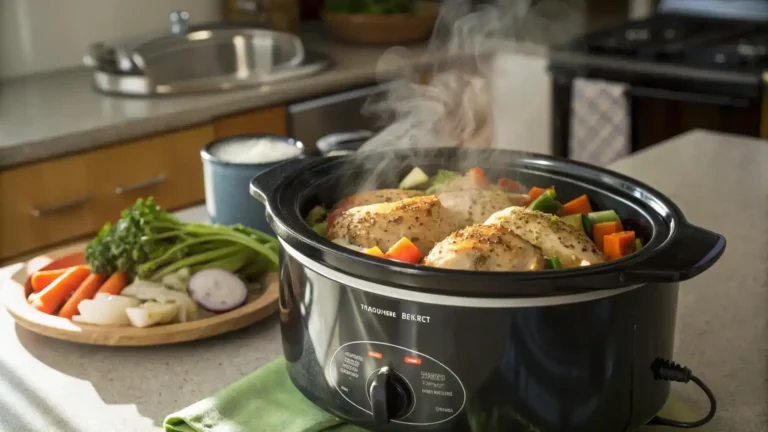

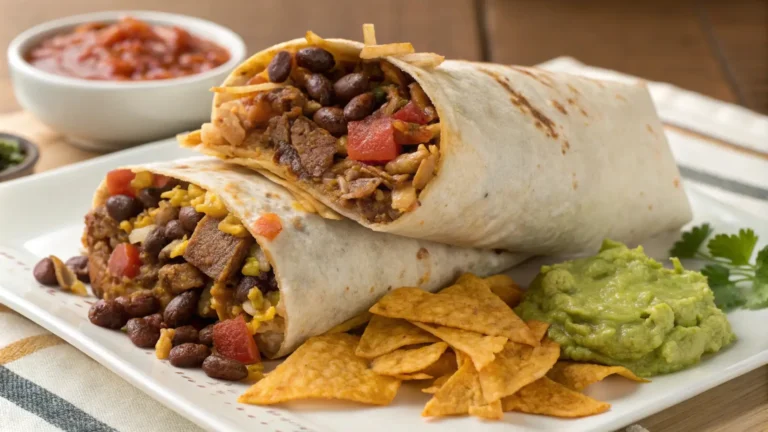
2 Comments